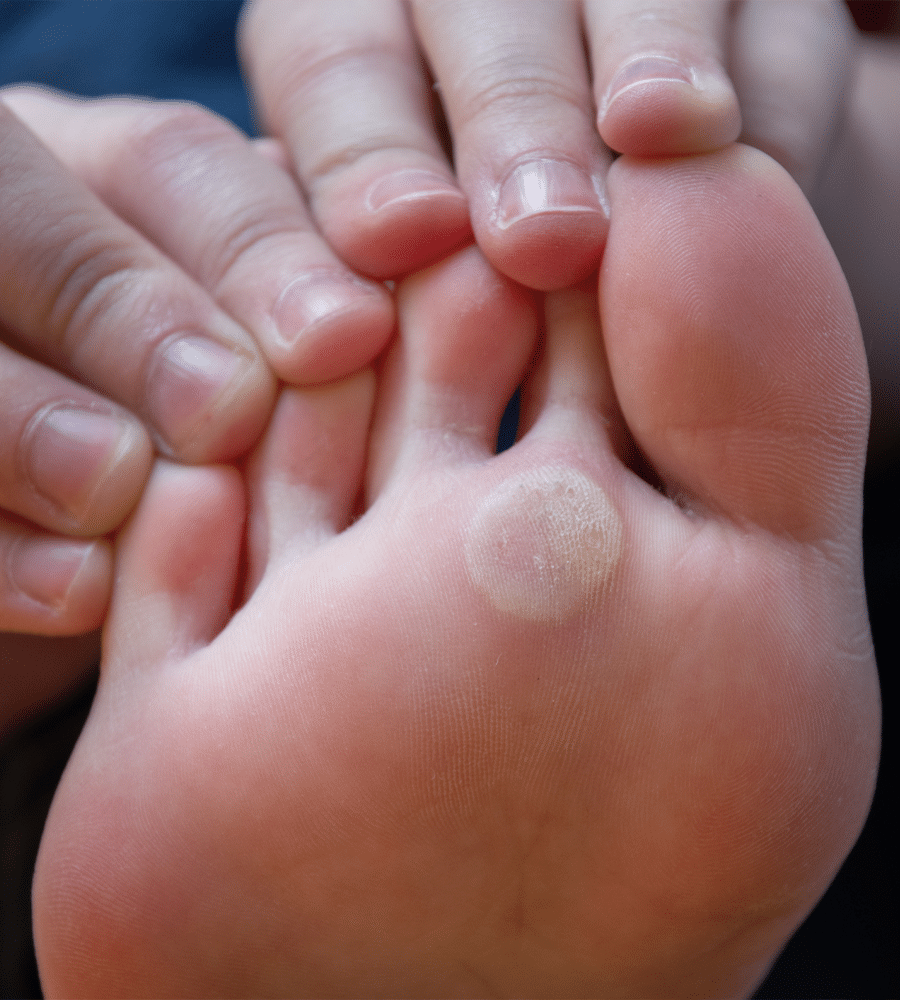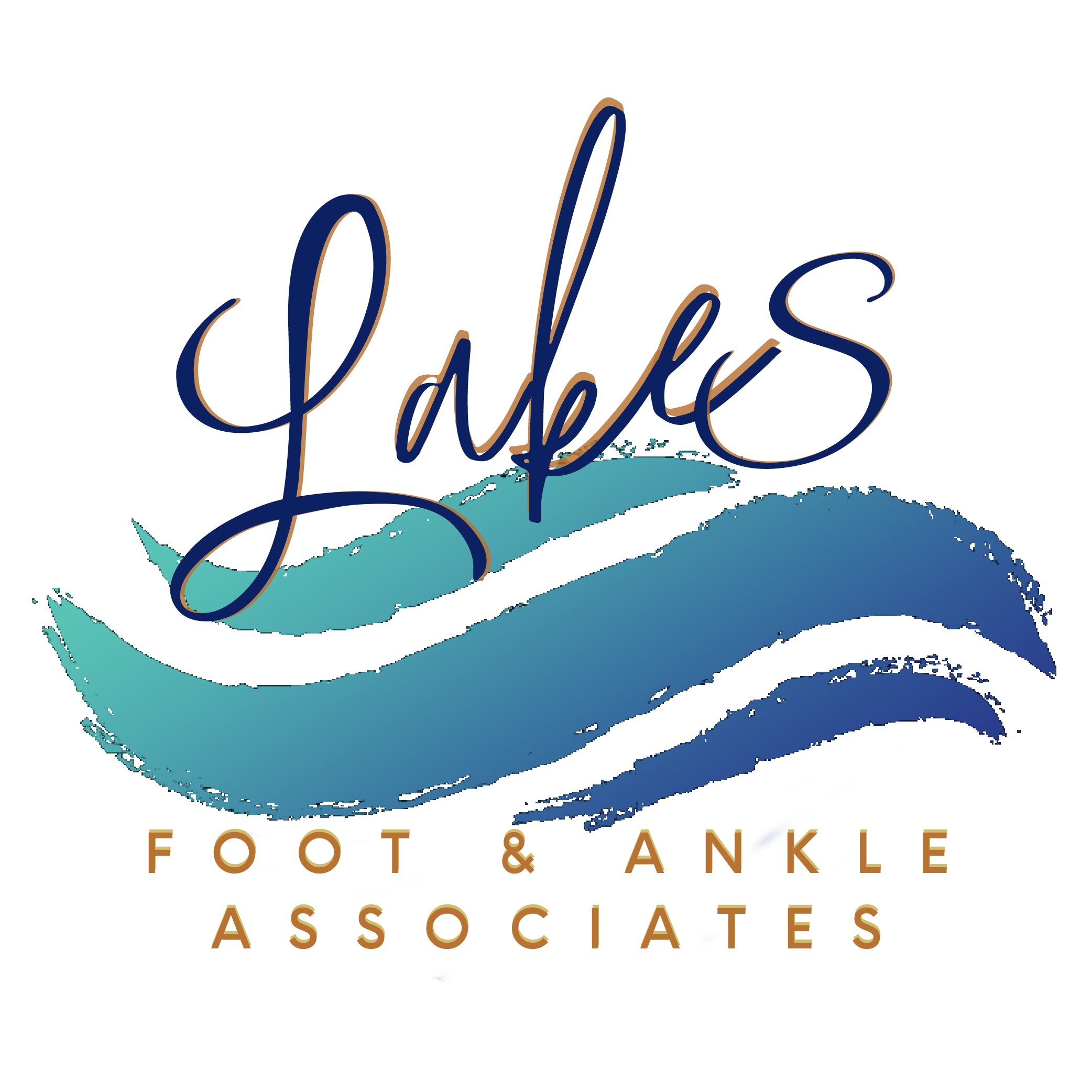Effective Plantar Wart Removal in Commerce Twp, MI
Long the scourge of public pools and locker rooms, plantar warts are one of the most common—and frustrating—skin conditions out there. In addition to being unsightly, these stubborn skin growths can be uncomfortable or painful, can easily spread, and may take months or years to go away on their own. And despite their claims, at-home wart removal kits never seem to take care of the problem.
It’s time that you felt confident going back to the pool, gym, or spa with clear and comfortable feet. At Lakes Foot & Ankle Associates, we use the latest Swift Microwave Therapy for warts to target the root cause of the issue and get our patients back to normal fast. If you’re concerned about foot warts, contact our trusted team today for safe, comfortable, and effective treatment!

What is a Plantar Wart? Causes, Symptoms, & More
Warts are grainy, fleshy, hardened bits of raised skin. A plantar wart is simply one that develops on the bottom of the feet, most often under the weight-bearing areas of the foot (heels, forefoot) or on the toes. They are caused by a viral infection by one or more strains of the human papillomavirus (HPV).
If you have a wart, you didn’t necessarily do anything wrong! There’s no need to feel embarrassed. There are over 100 strains of HPV, and they are very common in warm, damp places. They only need the tiniest breaks in the skin to get set up and start spreading, and while some do go away on their own, most take months or years to heal.
That’s because the viral infection stays in the top layers of skin where the body’s immune system doesn’t patrol as carefully. In effect, your wart remains hidden from the immune system, which can take a very long time to identify and eradicate it. This combination of slow natural healing time and the risk of spreading is why we generally recommend you get your warts treated as soon as possible.
Risk Factors for Plantar Warts
- Walking barefoot in public places like locker rooms or pool decks
- Frequently wearing damp footwear
- Being under 18 or over 60
- Having a condition or taking a medication that weakens your immune system
How to Get Rid of Plantar Warts for Good
There are, broadly speaking, two categories of treatment approaches to warts—immunotherapy or destruction. While destructive methods like cutting, burning, or freezing the wart can be useful, they each have their downsides. They all cause pain, require several treatments, and have high recurrence rates. At-home wart treatment kits rely on these methods too, but the odds of success are very low.
Immunotherapy treatments like Swift Microwave Therapy stimulate the body’s natural immune response and direct it where it needs to go. This revolutionary therapy uses a short burst of microwaves to heat up water molecules in the upper layers of the skin. This alerts the immune system, which arrives on the scene to eradicate the HPV infection naturally. Once the virus has been eliminated, the wart disappears!
Plantar Wart FAQs
If you look closely you may notice that the wart disrupts the natural lines and ridges of your skin, and you may even spot one or more tiny black or dark red pinpoints within the lesion. These are clotted blood vessels. Pressing on the sides of the wart may cause pain.
Yes, plantar warts are highly contagious, which is why they are so common. They can quickly spread and multiply on your body as well as spread to other members of your household and community. It’s best to seek treatment as soon as you suspect a wart.
In some cases, yes, plantar warts are painful. This is especially true if they appear on the ball of your foot or between your toes—any place where pressure may be applied.
How Swift Microwave Plantar Wart Treatment Works
Break the Cycle of Plantar Warts in Commerce Twp
Plantar warts have a nasty habit of multiplying and spreading if left to their own devices. If you’re tired of wasting money on ineffective wart removal kits, visit Lakes Foot & Ankle Associates! We have the latest technology to target the root cause of plantar warts and keep them from coming back for good.
Call (248) 360-3888 today to schedule your appointment, or contact us online! We’d be happy to help you get rid of your plantar warts once and for all.
